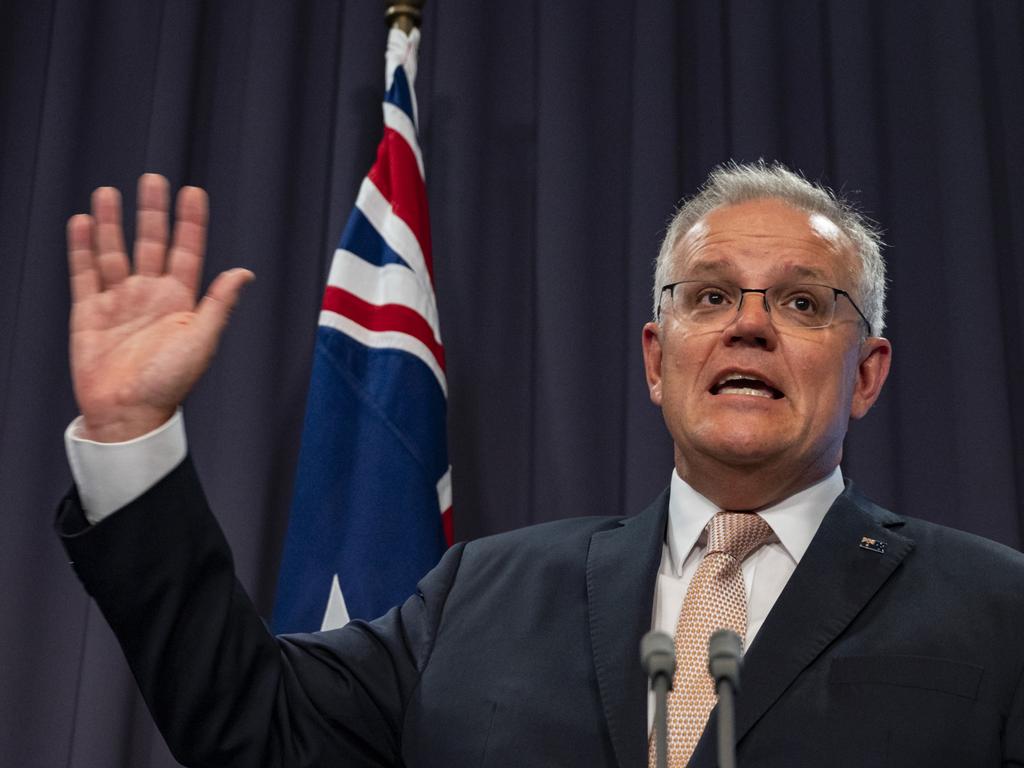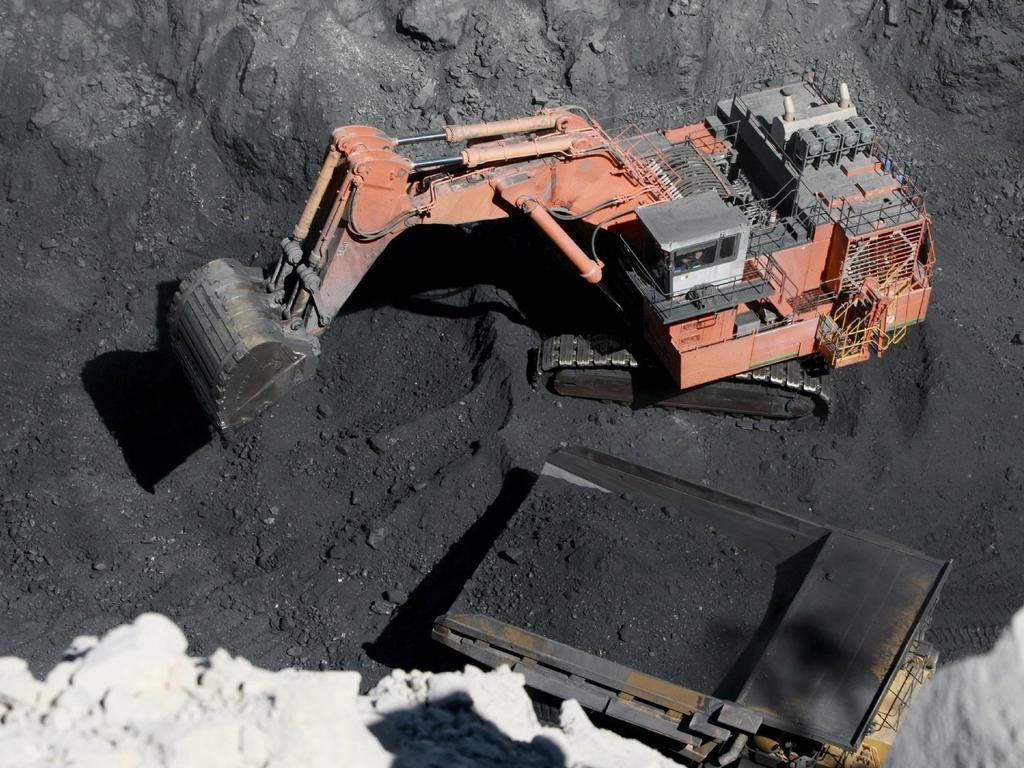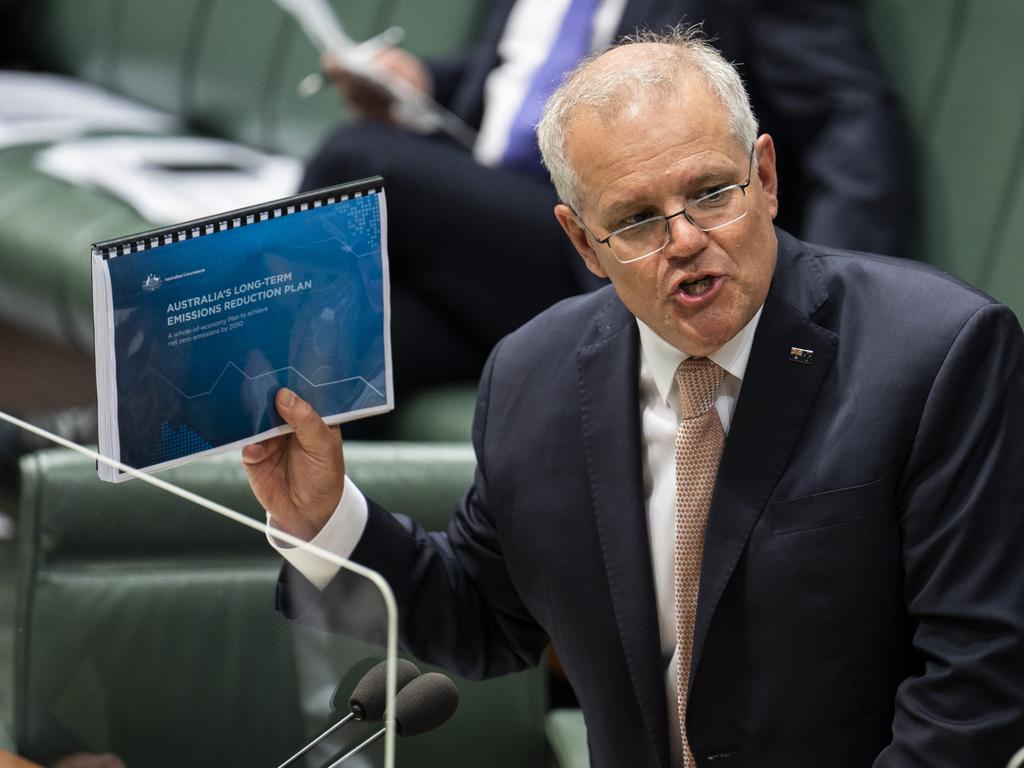Climate blueprint: Cash incentives for farmers to lead way on cuts
Australia is forecast to produce 215 million tonnes of emissions a year across the electricity, industrial, agriculture and transport sectors in 2050 under Scott Morrison’s climate change plan.

Australia is forecast to produce 215 million tonnes of emissions a year across the electricity, industrial, agriculture and transport sectors in 2050 under Scott Morrison’s climate change plan – a reduction of 65 per cent on 2005 levels.
The emissions from these sectors would be offset by sequestering 111 million tonnes a year through carbon capture and storage, planting trees and storing carbon in soil, with farmers to be offered up to $25 for each tonne of carbon they remove from the atmosphere.
Factoring in the offsets, Australia’s total domestic emissions would be lowered by 82 per cent on 2005 levels by the middle of the century.
“Farmers who choose to conduct offset projects can earn valuable additional revenue to supplement other income from their properties,” the plan says. “Our modelling found landholders could earn around $400m in additional revenue through the sale of accredited soil carbon sequestration in 2050.”
National Farmers Federation president Fiona Simson said the plan “recognises the tremendous opportunity that exists to use agricultural land as a carbon sink”.
Targeted purchases of international carbon credits from nations that sequester more carbon than they produce will reduce Australia’s emissions by an additional 3 per cent, lifting Australia’s emissions reductions to 85 per cent by 2050. New technological advancements that have not yet been developed, such as low emissions cement, would provide the remaining 15 per cent reduction needed to achieve the goal of net-zero emissions by 2050.
“There are a range of ways that Australia can close the remaining gap to net-zero emissions by 2050,” the plan says.
“Targeted voluntary purchases of international offsets, domestic land sector sequestration and prioritising new technology breakthroughs, including negative emissions technologies, are all credible options for closing the gap to net zero, but each has costs and benefits. The exact balance between these options is a choice Australia can make over the coming decades.”
Mr Morrison defended the government’s reliance on technology breakthroughs to reach net zero, declaring “technological advance is a given … in the modern world”, and adding: “To not think that is going to play a role over the next 30 years, that would be … the more surprising assumption.”
Under the government’s Technology Investment Roadmap, about $20bn of government investment will be funnelled into low emissions technology by 2030, with up to $100bn leveraged from the public and private sectors as well.
Energy Minister Angus Taylor said the government was “seeing more interest and co-investment from the private sector than we originally anticipated”.
Under the government’s projections, electricity emissions are forecast to fall about 90 per cent from 2005 levels by 2050. The plan says lower technology costs would enable the sector to achieve near-zero emissions, with renewables providing more than 85 per cent of total generation.
However, there would “still be some coal and a significant proportion of gas in the electricity grid in 2050,” it says.
Mr Taylor said gas was “clearly going to be part of the mix in providing that dispatchability”.
Transport emissions from cars, trucks, planes and ships are forecast to be 53 per cent lower by 2050, with the government claiming there was potential for reductions of up to 71 per cent.
But the plan warned that high international demand for electric vehicles could constrain global supply chains and slow deployment of EVs while greater investment in charging infrastructure was also needed.
Emissions from agriculture are predicted to be up to 36 per cent lower, while the plan forecasts a reduction of emissions in the industrial, manufacturing and mining sectors of nearly 20 per cent to 140 million tonnes a year.








To join the conversation, please log in. Don't have an account? Register
Join the conversation, you are commenting as Logout